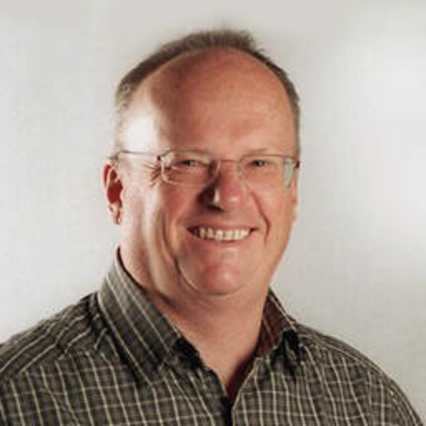A test drive should be about ensuring the car fits your needs and will do what you want it to do once you've bought it.
In times past you were lucky to be given a test drive, and when you were it was usually a quick lap of the block.
But that was back when it was a seller's market and there wasn't much choice anyway. It's a very different market today when buyers have the upper hand, and there's a wide choice of cars to buy.
It's important to do everything you can to ensure the car you buy is the one for you and test-driving it before you buy it is one of the things you can do.
Insist on a test drive, and don't settle for a lap around the block as that will tell you virtually nothing about the car and whether it suits you or not.
You need to have the test car for an extended period
The best way to do that is to drive it in the environment that you would normally drive it in, that is around your neighbourhood, to and from work, to the kids' schools or sporting venues.
To do that you need to have the test car for an extended period of a few days to put it through its paces on your patch. Any dealer keen on sealing a deal will agree to lend you a car for at least a day or two, try for more if you're feeling lucky.
When you get it take the time to adjust the driver's seat to your position, and don't stop there, get all the drivers in the family to do the same thing.
Check the mirrors. Make sure they can be adjusted to give you a clear view. Many owners detest the curved mirrors carmakers fit to cars today, if you don't like them you have the time to negotiate with the dealer to replace them with flat glass.
Drive the car around local streets, and around roundabouts, where visibility issues really come to the fore. One owner recently told us here at CarsGuide that they would not have bought the car they did had they been aware of the visibility issues caused by the thick windscreen pillars.
Living with the car, even for a day or two, allows to properly evaluate the controls, where are they located and how they fall to hand, the sort of things that will have to become second nature once you own the car and drive it daily.
If you do a lot of highway driving, check out its performance on the freeway you normally use. If you live in hilly country it's good to know that it will handle the hills with ease.
You should be able to identify anything you don't like, or couldn't live with, before you buy it
While you are driving it you can monitor the fuel consumption on the trip computer to get an indication of what its fuel usage will be in the real life conditions that you will use it in.
If you've got kids check out the installation of safety seats, are they easy to get in and out of the car.
Fill the boot with what you would normally want to carry in it to make sure it will fit and you won't find yourself having to leave gear behind.
By putting the car through its paces in the way you will use it you should be able to identify anything you don't like, or couldn't live with, before you buy it.



.jpg)

 copy.jpg)
.jpg)
.jpg)
.jpg)





.jpg)

.jpg)




Comments